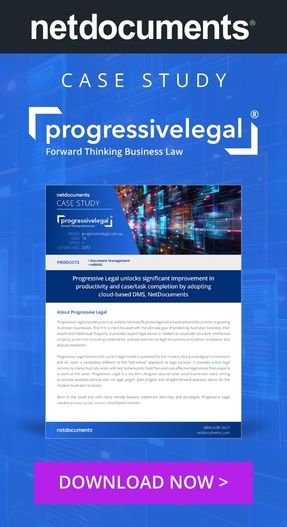
Corporate Legal Departments: Innovation and Resistance
Large corporates spend billions of dollars developing more sustainable and path-breaking technology to improve processes. Unlike other industries where the emphasis is laid on technological development and innovation, the legal industry is still under-invested.
Corporate legal departments have challenges adopting innovation as there are still far-reaching implications regarding acceptance and acknowledgment of the perceived value and benefits for its stakeholders.
Legal department and scope of innovation
Corporate Legal Operation Consortium (CLOC) and Associate of Corporate Counsel (ACC) report on The State of Industry indicates that although the corporate legal departments are utilising technology, the growth is apparent. However, there is a lot to be asked for.
According to the CLOC and ACC’s report – five (5) specific functional/technology areas have a good scope for growth. These areas include data management, organisational design and planning, knowledge management, service delivery, support models, and technology. These technologies will continue to grow with the subsequent adoption of best practices.
The report indicates the adoption and utilisation of legal technology across corporates, we have listed the major technologies ranked by percentage utilisation:
- eSignature: 87;
- e-billing and matter management: 79;
- contract management: 74;
- document management: 67;
- analytics, metrics, and dashboards: 56;
- eDiscovery and records management: 47;
- legal hold: 35;
- vendor onboarding and compliance: 29; and,
- data science, including AI solutions: 22.
The report further pointed out that the respondents look for a more seamless experience. The two main impediments to the adoption included: struggles with application know-how and integration issues with other apps.
The curious case of innovators vs protectors
Deloitte’s report on overcoming resistance to innovation within corporate legal departments specifies two categories of archetypes: innovators and protectors. While the former thrives on new and ambitious ideas, making ambitious plans and innovative ways of working, they tend to forget the constraints, on the other hand, the protectors are risk aversive, calculative, and conscious of constraints while looking to implement something new, maintaining the status quo.
Many lawyers fall into the second archetype and hence seem like an obstruction to the innovation. While protectors sound more like a hindrance it may not necessarily be so, since the root cause analysis is necessary before going for a go-ahead. Deloitte’s report further states that the resistance to innovation in the legal system or any regulated business is because of insufficient consideration of consequence.
And while in most cases innovation is a necessary step to move ahead, not all cases require innovation especially when viability, feasibility, and desirability are questioned.
Avoiding resistance and embracing innovation
Deloitte’s report addressed the key importance of innovation and how solely putting resistance at the legal professionals’ end would be inept.
Deloitte’s report also offers a solution for consideration for cultivating a team that embraces innovation as follows:
- Classifying the team member as innovators or protectors. Knowing the strength of each and classifying to obtain the best of both is the way ahead.
- Discussions are key to creating an environment of trust and making people feel secure while proposing changes. This is evident especially for the protectors, who may feel that innovation and change are threatening, triggering a reaction akin to a fight or flight mechanism. As a leader, we should mitigate concerns related to change and make team members secure.
- Nurture diversity of thought among your team members - most importantly resolving the conflicts arising due to diverse thoughts. Conflicts may inevitably arise, and sustainable innovation will be implemented if both innovators and protectors influence the process.
To sum up
Resistance to innovation is not the underlying DNA of the legal industry as it is thought. Deloitte’s report reveals common misconceptions and categorises the elements within the legal fraternity as innovators and protectors.
While the breed of innovators is into implementing the process, technology, and methods, keeping abreast with what is available, protectors look at the bigger picture and pose the crude question of whether the change is required?
The industry, which already was seeing a change, went from being talent-driven to innovation-driven during the pandemic.
Creating a synergy between the legal professionals while implementing innovation is the key, mitigating all the concerns that may arise taking all the people’s considerations. Upgrading, upskilling, and updating is the mantra as the new tools become more efficient with newer capabilities
Also read top viewed Ai Legal article: The Role of AI in Legal Research.






